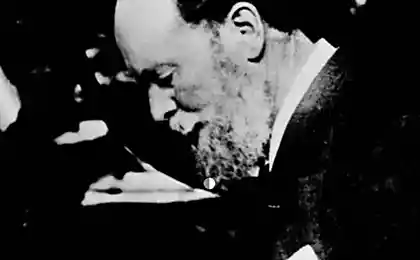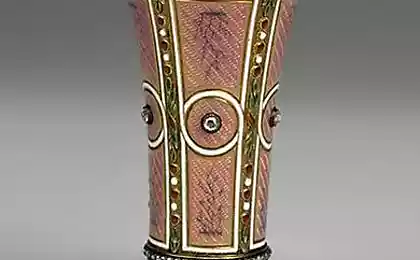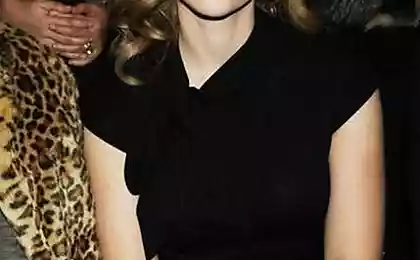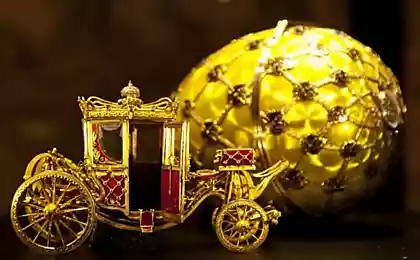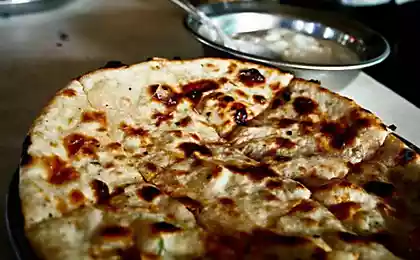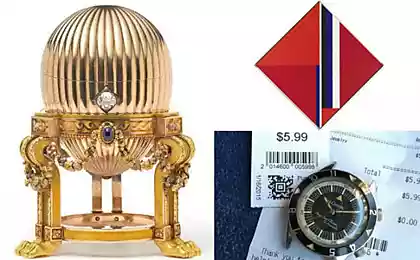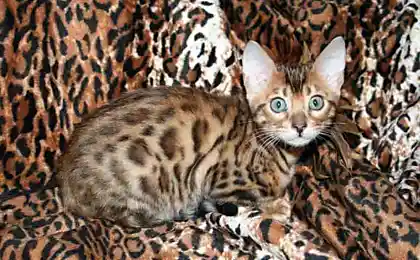185
Is it true that Faberge created the Proletarian Breakfast, which cost more than a million dollars?
For most of us, Faberge products are strongly associated with luxurious Easter eggs made of gold and precious stones. And only true connoisseurs of art know that the creative legacy of the famous jewelry house is much richer.

It is known that in search of new solutions, the jewelers of the Faberge workshop constantly experimented with the material and form. For customers created jewelry, dishes and household items. In addition, a significant income item was carved figurines of animals and stone flowers in vases of mountain crystal.
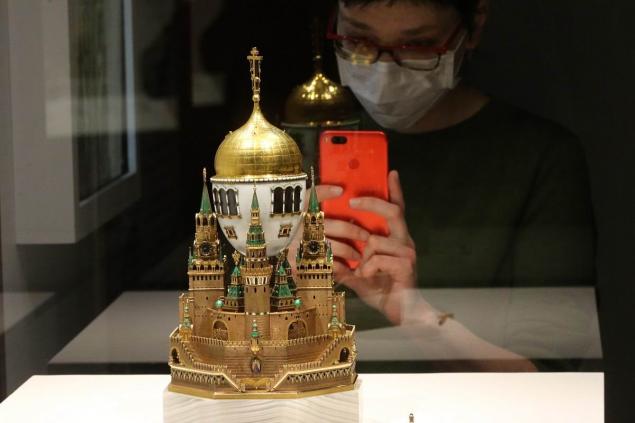
However, the masterpiece, which will be discussed today, stands out even against this motley background. “Proletarian Breakfast” for a million became a sensation. And the debate about its authenticity does not cease to this day. Is it one of Faberge’s most unusual works or a clever hoax? Let's try to figure it out together.
This story began in the fall of 2011 with a note on one of the sites with news from the art world. It was reported that the Faberge Museum in Baden-Baden, Germany, purchased a hitherto unknown work of the great Russian jeweler for $1.1 million.
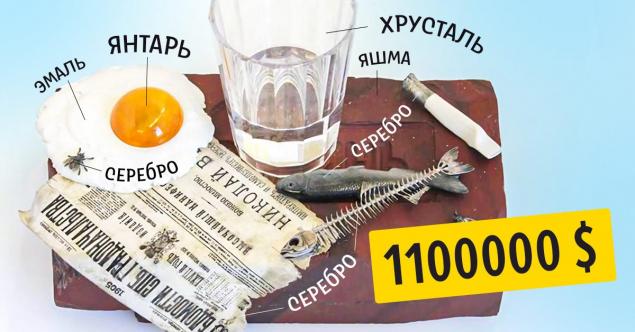
It was noted that this is a perfect filigree and absolutely unconventional work of Carl Faberge. Sounds like a sensation. The news quickly became the #1 topic in the media. The details of the composition are impressive. Judge for yourself: a crystal glass with vodka and a silver scrap of a newspaper with a manifesto of Emperor Nicholas II are picturesquely located on a brick of jasper.
Complement the most expensive inedible breakfast in the world amber eggs, quartz butt and silver sprats. Maybe it's some kind of political caricature? But the creator of the museum, collector Alexander Ivanov, has a different opinion. The author tried to convey the revolutionary spirit of his time.

However, many art historians were rather skeptical of the news. And indeed, it is difficult to imagine with what face the supplier of the highest court could plan this hangover still life. It is even more difficult to suspect him of sympathy with the revolutionary masses.
Sensation or falsification? The scarcity of official information has added fuel to the fire of doubt. First, references to the work are completely absent in any publications dedicated to the Faberge company. It is not known from whom the museum acquired such a sensational thing. And finally, there are no photos of the brand of the master at work.

In favor of the story of falsification speaks and the publication in the almanac of stone carvers “Sysyphus” for 2008. It mentions the work of jeweler Yu.N. Toptunov “Manifesto of 1905”. Next comes her description: a scrap of newspaper, flies crawling on scrambled amber eggs, a cigarette butt near a crystal glass and silver sprat skeletons.

GettyImages still life photos are not in the text, but it is quite difficult to believe in an accidental coincidence. However, attempts to clarify the history of this work have so far been unsuccessful. The museum removed information about the Proletarian Breakfast from its website.
To sum up. On the one hand, objective information in this complicated case is suspiciously scarce. So Faberge probably had nothing to do with it. On the other hand, it is a magnificent work worthy of all praise as a work of modern art. I hope that sooner or later the situation will become clearer.
The article and the preview used photos.

It is known that in search of new solutions, the jewelers of the Faberge workshop constantly experimented with the material and form. For customers created jewelry, dishes and household items. In addition, a significant income item was carved figurines of animals and stone flowers in vases of mountain crystal.

However, the masterpiece, which will be discussed today, stands out even against this motley background. “Proletarian Breakfast” for a million became a sensation. And the debate about its authenticity does not cease to this day. Is it one of Faberge’s most unusual works or a clever hoax? Let's try to figure it out together.
This story began in the fall of 2011 with a note on one of the sites with news from the art world. It was reported that the Faberge Museum in Baden-Baden, Germany, purchased a hitherto unknown work of the great Russian jeweler for $1.1 million.

It was noted that this is a perfect filigree and absolutely unconventional work of Carl Faberge. Sounds like a sensation. The news quickly became the #1 topic in the media. The details of the composition are impressive. Judge for yourself: a crystal glass with vodka and a silver scrap of a newspaper with a manifesto of Emperor Nicholas II are picturesquely located on a brick of jasper.
Complement the most expensive inedible breakfast in the world amber eggs, quartz butt and silver sprats. Maybe it's some kind of political caricature? But the creator of the museum, collector Alexander Ivanov, has a different opinion. The author tried to convey the revolutionary spirit of his time.

However, many art historians were rather skeptical of the news. And indeed, it is difficult to imagine with what face the supplier of the highest court could plan this hangover still life. It is even more difficult to suspect him of sympathy with the revolutionary masses.
Sensation or falsification? The scarcity of official information has added fuel to the fire of doubt. First, references to the work are completely absent in any publications dedicated to the Faberge company. It is not known from whom the museum acquired such a sensational thing. And finally, there are no photos of the brand of the master at work.

In favor of the story of falsification speaks and the publication in the almanac of stone carvers “Sysyphus” for 2008. It mentions the work of jeweler Yu.N. Toptunov “Manifesto of 1905”. Next comes her description: a scrap of newspaper, flies crawling on scrambled amber eggs, a cigarette butt near a crystal glass and silver sprat skeletons.

GettyImages still life photos are not in the text, but it is quite difficult to believe in an accidental coincidence. However, attempts to clarify the history of this work have so far been unsuccessful. The museum removed information about the Proletarian Breakfast from its website.
To sum up. On the one hand, objective information in this complicated case is suspiciously scarce. So Faberge probably had nothing to do with it. On the other hand, it is a magnificent work worthy of all praise as a work of modern art. I hope that sooner or later the situation will become clearer.
The article and the preview used photos.
Forecast Lyudmila Khomutovskaya for May 2022
The hostess dips fresh fruit in boiling milk, sees the result and repeat after her

